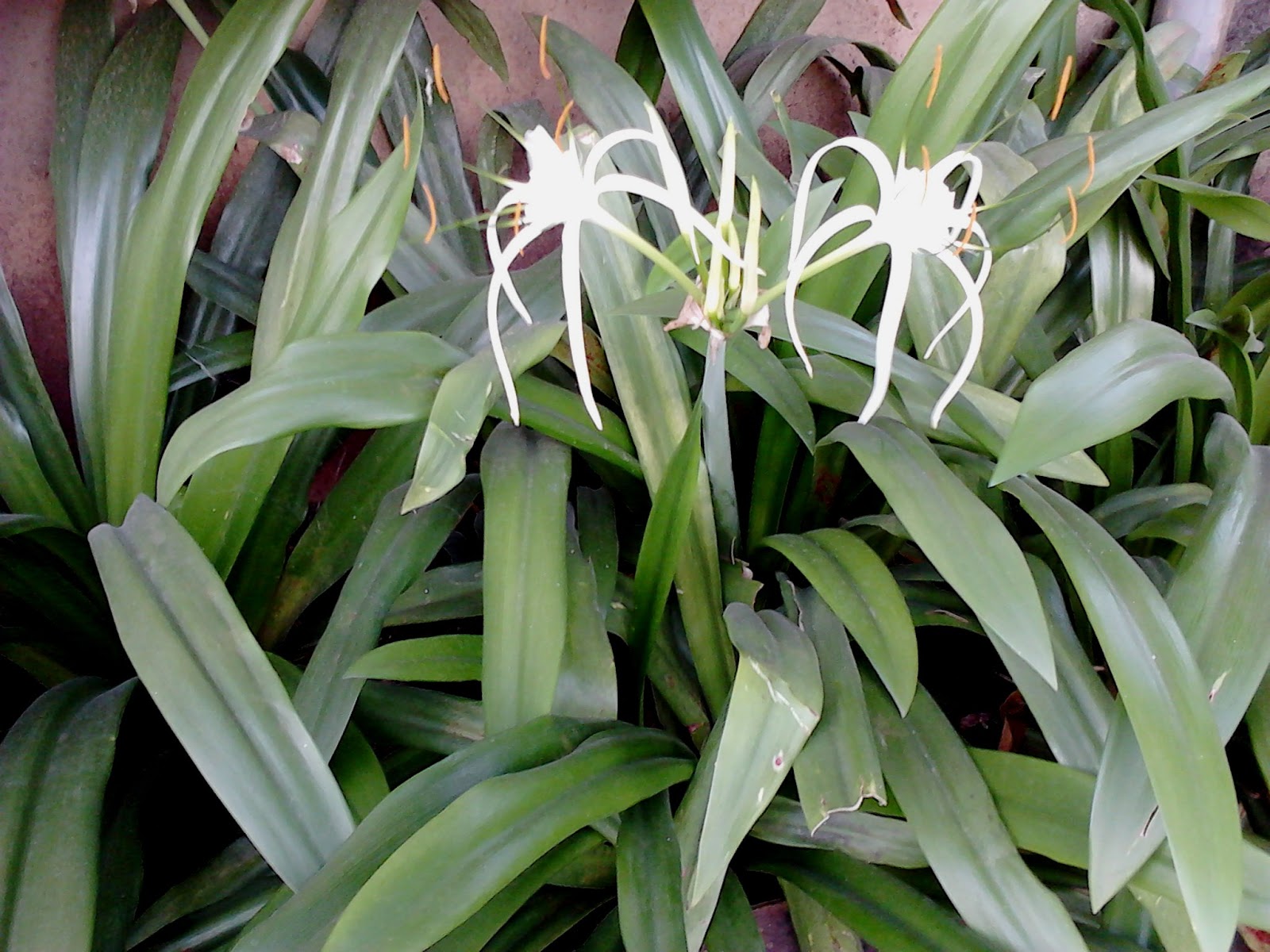The spider lily, a captivating flower renowned for its striking appearance, has captured the hearts of garden enthusiasts and nature lovers alike. With its long, slender petals and vibrant colors, this unique plant stands out in any floral arrangement or garden setting. Originating from tropical and subtropical regions, the spider lily is not only admired for its beauty but also holds significant cultural and ecological importance. In this article, we will delve into the fascinating world of spider lilies, exploring their characteristics, care tips, and the various species that exist.
These stunning flowers belong to the Amaryllidaceae family, which includes a variety of other popular plants. The spider lily's distinct shape and eye-catching hues make it a favorite among gardeners seeking to add a touch of drama to their landscapes. Additionally, their unique growing habits and adaptability to different environments make them an excellent choice for both experienced and novice gardeners. As we continue to explore the world of spider lilies, we will uncover the reasons behind their popularity and the best practices for cultivating these exquisite flowers.
In this comprehensive guide, we will answer common questions related to spider lilies, including their care requirements, various species, and their significance in different cultures. Whether you are looking to grow spider lilies in your garden or simply want to learn more about this enchanting flower, you will find valuable information and insights throughout this article.
What Are the Different Species of Spider Lily?
Spider lilies are a diverse group of plants, and several species are known for their unique characteristics. Here are some notable species:
- Hymenocallis caribaea: Also known as the Caribbean spider lily, this species features large, fragrant flowers with white petals that curl back dramatically.
- Hymenocallis littoralis: Commonly called the beach spider lily, this species thrives in coastal areas and boasts beautiful white flowers with a sweet scent.
- Hymenocallis speciosa: Known for its striking flowers with a yellowish hue, this species is often found in gardens and landscapes due to its ornamental value.
- Hymenocallis tubiflora: This species is native to Mexico and is recognized for its long, tubular flowers that bloom in clusters.
How Do You Care for Spider Lilies?
Caring for spider lilies is relatively straightforward, making them an ideal choice for gardeners of all skill levels. Here are some essential care tips:
- Soil: Spider lilies prefer well-draining soil rich in organic matter. Mixing compost or peat moss can improve soil quality.
- Watering: These plants thrive in moist conditions but do not tolerate waterlogged soil. Water regularly, allowing the top inch of soil to dry out between waterings.
- Sunlight: Spider lilies enjoy full sun to partial shade. Ensure they receive at least six hours of sunlight daily for optimal growth.
- Fertilization: Use a balanced fertilizer every few months during the growing season to encourage healthy blooms.
What Are the Cultural Significances of Spider Lilies?
Spider lilies hold various cultural significances around the world. In some cultures, they symbolize rebirth and renewal due to their striking appearance and ability to thrive in diverse environments. In Japan, spider lilies are associated with the afterlife and are often used in funerary arrangements. In contrast, in some Caribbean cultures, they are seen as a symbol of beauty and resilience, often used in local art and crafts.
Are Spider Lilies Toxic to Pets?
One important consideration for pet owners is the toxicity of spider lilies. Unfortunately, the spider lily is toxic to cats and dogs. Ingesting any part of the plant can cause gastrointestinal distress, lethargy, and in severe cases, more serious health issues. It's essential to keep these plants out of reach of pets or choose non-toxic alternatives if you have animals in your home.
How Do You Propagate Spider Lilies?
Propagating spider lilies is an exciting process that can expand your garden without the need for purchasing new plants. Here are the steps to propagate spider lilies:
- Offsets: Spider lilies produce offsets or bulb divisions that can be separated and replanted. Wait until the foliage dies back in the fall before digging up the bulbs.
- Seeds: If you allow your spider lilies to go to seed, you can collect the seeds and plant them in well-draining soil. Keep them moist until germination.
What Are Common Pests and Diseases Affecting Spider Lilies?
Like any plant, spider lilies can be susceptible to certain pests and diseases. Here are some common issues:
- Thrips: These small insects can cause damage to the flowers and leaves. Regularly inspect your plants and use insecticidal soap if necessary.
- Fungal Diseases: Overwatering can lead to fungal issues. Ensure proper drainage and avoid wetting the foliage during watering to prevent these diseases.
- Bulb Rot: This occurs when the bulbs are planted too deeply or in poorly draining soil. Monitor the moisture levels and adjust watering accordingly.
What Are Some Creative Ways to Use Spider Lilies in Your Garden?
Spider lilies can enhance your garden's aesthetic appeal in various ways. Here are some creative ideas:
- Border Planting: Use spider lilies to create a stunning border along pathways or garden beds.
- Container Gardens: These flowers thrive in containers, making them perfect for patios or balconies.
- Cut Flower Arrangements: Due to their unique shape and vibrant colors, spider lilies make excellent cut flowers for floral arrangements.
In conclusion, the spider lily is a remarkable plant that offers beauty, resilience, and cultural significance. Whether you are looking to cultivate them in your garden or simply appreciate their unique charm, spider lilies are sure to inspire and enchant. With the right care and attention, these stunning flowers can thrive and add a touch of elegance to any landscape.
Exploring The Enigma: Does Adam Driver Have One Arm?
Tina Knowles: Unraveling The Family Tree
Exploring The Life And Relationships Of Darien Martin's Partner


